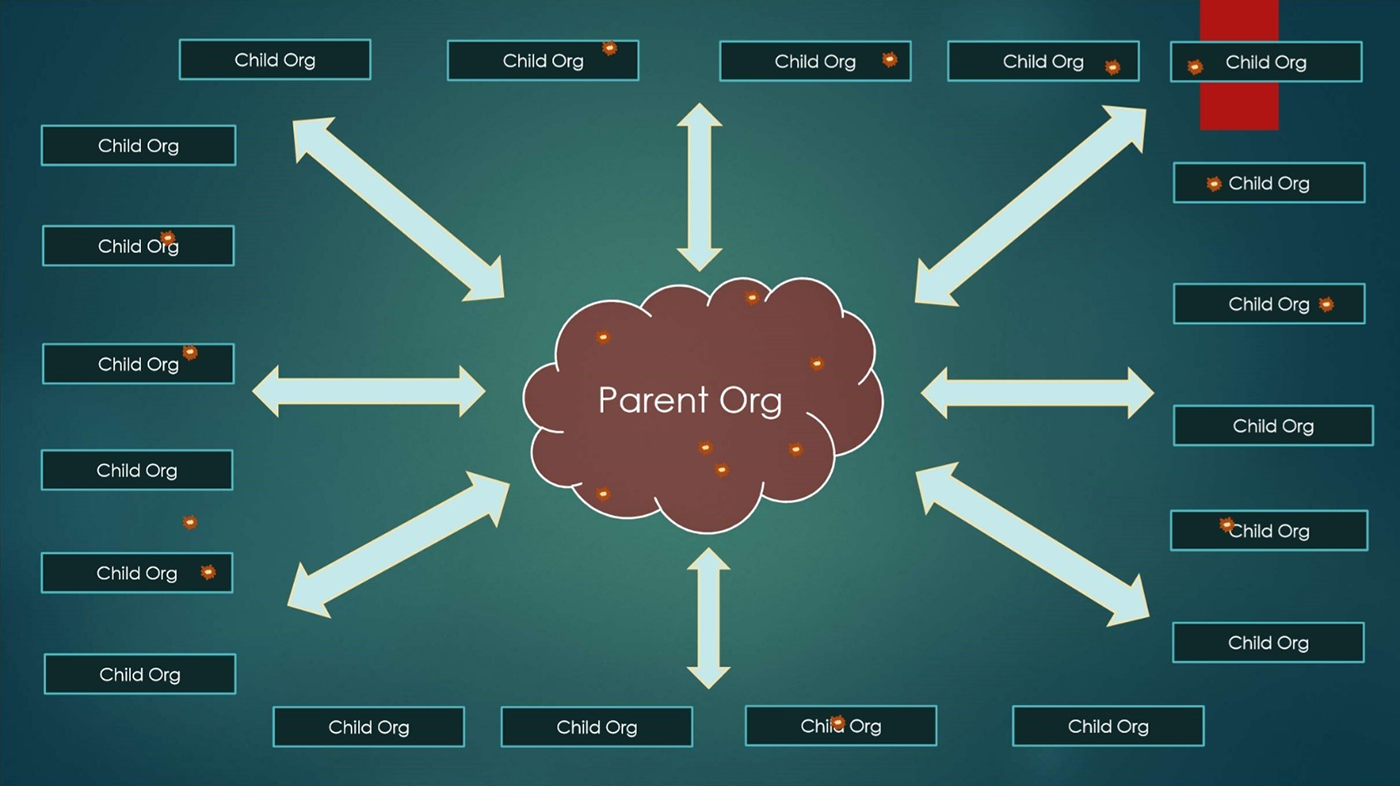Facing the cold chills
Have you ever felt the cold chill in your spine when the “fix engine” light comes on in your car? How about when one of your children turns pale and gets their first fever? It’s a feeling of helplessness and concern regarding what could be wrong. Then there’s the feeling of relief that comes with understanding, even if it’s only partial understanding. We give the child medicine and the fever fades. We add oil to the engine and the light goes off. The human mind often wants to take the easiest path away from fear and stress. But these solutions only fix the symptoms, leaving the cause of the issue unaddressed. The same thing is true in security related situations.
The Microsoft Detection and Response Team (DART) recently worked with a customer who had been subject to a targeted compromise, one where the entity was intently and purposefully attempting to get into their systems. The attack came through one of the customer’s child organizations, who was initially compromised. The parent organization shares a trust with the child organization. During an investigation of the child organization, the parent organization was notified that attackers had migrated their access foothold into the parent network. The parent organization was able to take immediate steps to stop the malicious activities, just before things could have gotten very serious.
From a security perspective, the customer has addressed the symptom (a known compromise) but missed the opportunity to address the core issues that allowed the compromise. It’s not unusual for an organization to shift to the perspective that everything is now better. But it’s never quite so simple.
For DART, one of our key responsibilities is helping our customers understand what happened, how it happened, how long it’s been happening, the potential impact to the organization, and how the customer can improve their protection, detection, and response mechanisms to be better prepared in the future.
Understanding a compromise
Let’s dissect this story a bit more to better understand what happened. The example customer is a global company, with dozens of child organizations around the globe, all connected to the same Active Directory architecture. From a customer perspective, the IT and security functions are decentralized at each child, with each region retaining autonomous control over the operation of their data resources. This takes the pressure off the parent organization by delegating administrative processes like patching, account management, and configuration management to administrators at the child organization; and allowing the parent to focus primarily on critical business operations and their own IT and security.
Each of the child organizations operates their own Active Directory forest for their users and systems, and a majority of these organizations have a two-way trust with the Active Directory in the parent organization. Roughly half of these trusts have no security identifier (SID) filtering in place to restrict account movement between the various forests. The parent organization’s incident was possible because a compromised account was allowed to move into their network, unhindered. In fact, a compromise in any of the other child organizations would have the same result, creating legitimate risk for the parent and all the other connected child organizations.
How DART helps customers address underlying risks
DART spent days trying to weave a story for the customer explaining the real risk to the organization, even though this specific attack had been blocked. There are a number of systemic issues that worked together to create the risk to the customer networks. Patching was sporadic, and due to the decentralized nature of both the information technology (IT) and security processes across the various organizations, there were large numbers of systems with known vulnerabilities. The decentralized nature of the network also created blind spots in security monitoring across the various forest and network boundaries. The customer could not have detected the lateral movement of bad actors on the network because they weren’t watching those boundaries.
Finally, the lack of configuration management across the company allowed users to have excessive account privileges and to install unsafe software packages. This resulted in large numbers of dangerous software packages to be installed on user systems with privileged access—simply because users opened email attachments, clicked a link, or installed questionable software downloaded from the internet, such as key generators for commercial software products.
The large number of potentially unwanted applications (PUAs) and malware present on the network was clear evidence of the issues facing the customer. A compromised user in one segment of the customer organization creates risk for the entire company. Faced with the reality of the situation, the customer shifted perspectives to improving the security of their environment.
To start, the customer needed to get a handle on the configuration and security of the various arms of the organization. Centralizing IT and security functions would allow for consistent patching, secure account management, and security monitoring. Two-way trusts putting the organization at risk should be managed with appropriate SID filtering, reduced to one-way trusts as needed, or removed from a trust relationship altogether, depending on business need. Standardized security software, such as anti-malware solutions with automatic updates, would provide detection of malware much more quickly on endpoints. Security monitoring at all key network boundaries would create immediate alerts when malicious software or bad actors attempt to move across the environment or create persistence points. A sensible and centralized management plan would enable the customer to protect, detect, and respond to incidents.
It’s easy to get forget security incidents are sometimes symptoms of a bigger problem facing the organization. Leadership would benefit from taking a step back from current events to work with their team and determine where the real security issues exist, and what’s needed to make the organization more secure. In essence, a security aspirin will help lower our fever, but it’s a temporary fix. The fever will return, and it could be worse. It’s more effective in the long run to obtain the needed X-rays or take appropriate blood tests to determine how sick the network is, and what treatment options will remove the key risks to network health.
Learn more
To learn more about DART, our engagements, and how they are delivered by experienced cybersecurity professionals who devote 100 percent of their time to providing cybersecurity solutions to customers worldwide, please contact your account executive. Bookmark the Security blog to keep up with our expert coverage on security matters. Also, follow us at @MSFTSecurity for the latest news and updates on cybersecurity.
READ MORE HERE




